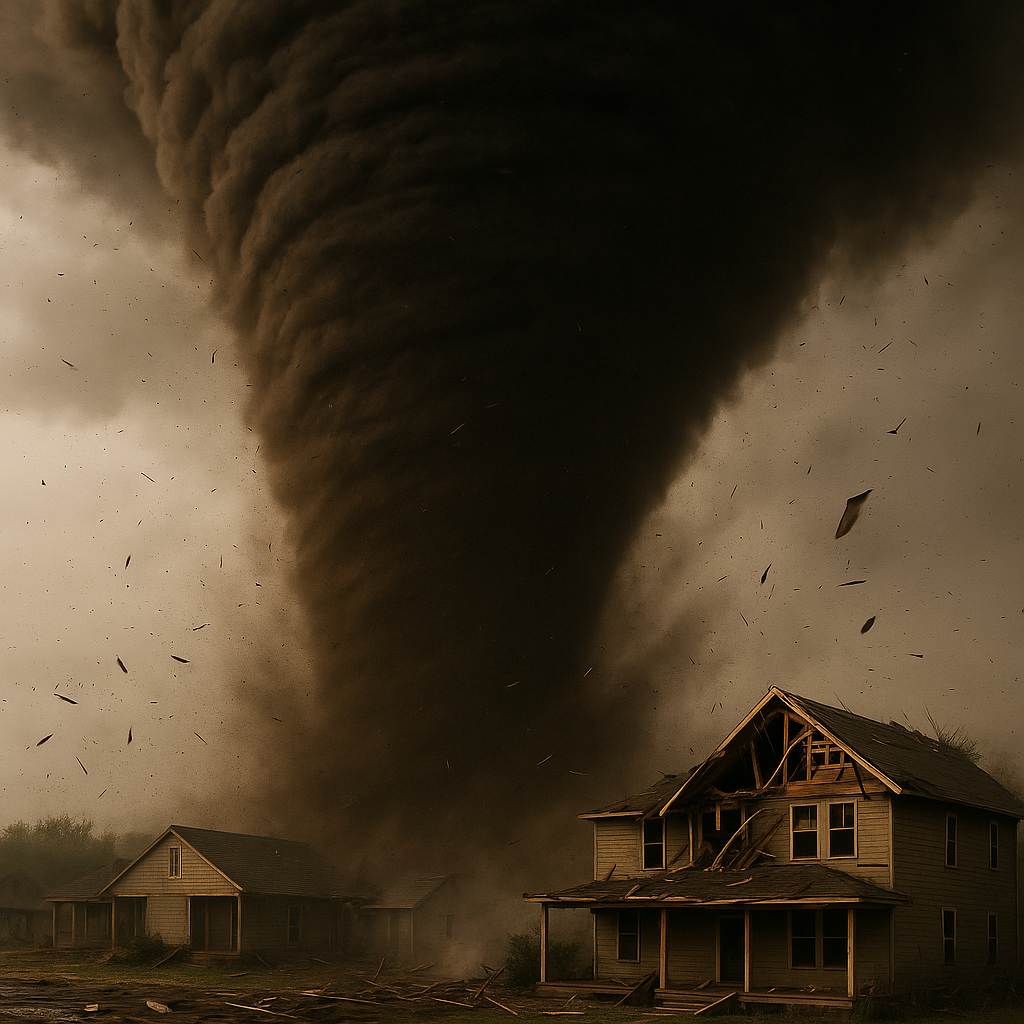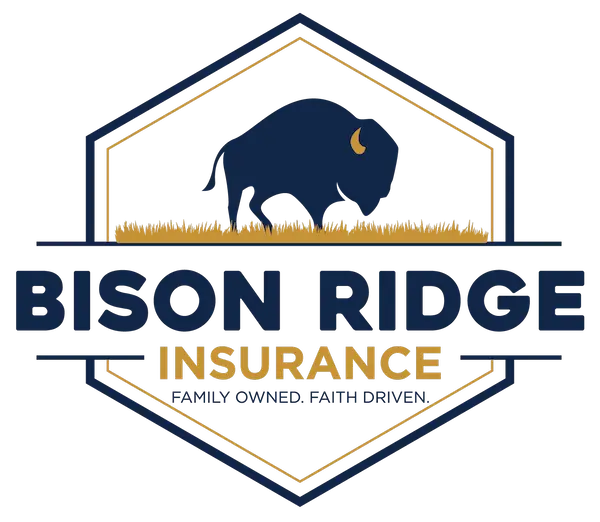
Living in Northeast Oklahoma, we don’t just hear about tornadoes—we live with the reality of them. When sirens sound or the sky turns green, the last thing you want to be doing is scrambling to figure out what’s covered, where to go, or how to protect your family.
As we brace for potentially severe storms tonight, here are five essential things every homeowner should do before the first clap of thunder.
1. Take Photos and Videos of Your Home and Belongings
One of the most helpful things you can do before a storm is document your property. Walk through each room with your phone, taking clear photos or a quick video that shows your furniture, appliances, electronics, and even what’s inside your closets. Don’t forget the garage and backyard—grills, tools, trampolines, and even fences can be part of your claim.
If the worst happens, this simple habit could save you weeks of back-and-forth with an insurance adjuster and ensure you get properly reimbursed.
2. Review Your Insurance Policy (Before You Need It)
It’s easy to assume you’re covered… until it’s too late. Find your home insurance policy—whether it’s a paper copy or digital—and make sure you understand a few key details:
- Your deductible: This is the amount you’ll pay out of pocket before insurance kicks in.
- Dwelling and roof coverage: Is it Replacement Cost Value (RCV) or Actual Cash Value (ACV)? That’s a big difference when it comes to payout.
- Who to contact: Have your agent’s phone number and claims contact saved.
If you’re not sure what you’re looking at, text or call us at Bison Ridge. We’ll walk you through it.
At Bison Ridge, we live here too—so we know what coverage matters in Northeast Oklahoma.
Get a quick, local quote now → Bison Ridge Insurance Quote Portal
3. Prep Your Safe Room and Emergency Kit
Designate your storm shelter area now—usually an interior room with no windows like a closet, bathroom, or hallway. If you have a storm shelter or safe room, make sure it’s accessible and ready to go.
Inside, you’ll want:
- A flashlight with extra batteries
- Bottled water and non-perishable snacks
- Shoes (so you don’t walk on debris barefoot)
- Phone charger or power bank
- First aid kit and any essential medications
Let your kids help pack the bag—making it a family effort helps them feel a little more secure.
4. Move Cars & Outdoor Items
Your car is one of the most valuable things you can protect before the storm hits. If you don’t have a garage, try to park near a building (on the side opposite where the wind will blow) and away from trees or power lines.
Secure anything outside that could become a projectile—grills, patio furniture, umbrellas, trampolines, and even garbage cans. These can do serious damage to your home, your neighbor’s property, or emergency responders trying to help after the storm
5. Stay Informed & Charged
Tonight isn’t the night to ignore weather alerts. Make sure your weather app is updated and notifications are turned on. If you use a NOAA weather radio, double-check the batteries.
Also, charge your phone and a backup power source like a power bank. If you lose power, you’ll want to stay connected with loved ones and your insurance agent. Being informed gives you peace of mind—and time to react if things escalate.
